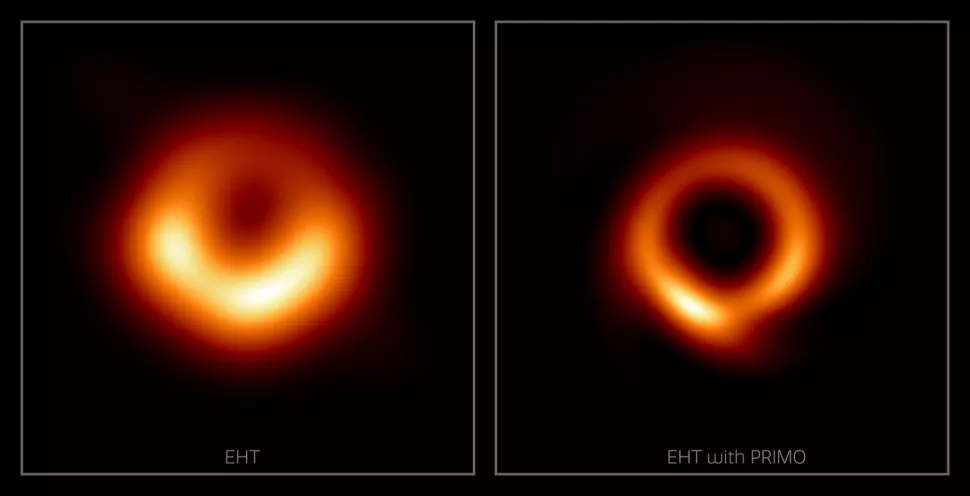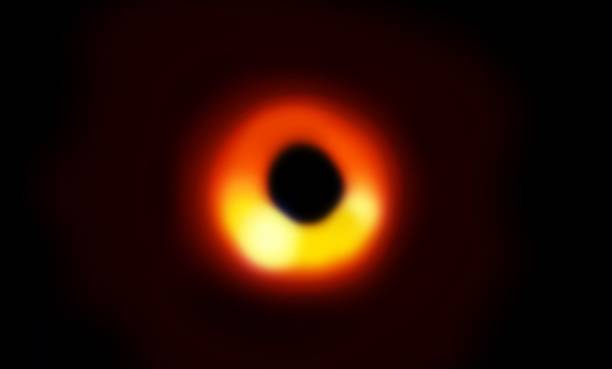In recent years, the study of black holes has become one of the most exciting and intriguing topics in astrophysics. In 2019, the world was thrilled by the first-ever image of a black hole captured by the Event Horizon Telescope (EHT). However, this image was not as clear as scientists had hoped. But now, thanks to the power of Artificial Intelligence (AI), researchers have been able to produce a new, improved image of the black hole that is much clearer and sharper than the original.
In this article, we will explore the groundbreaking AI makeover of the first-ever black hole image and discuss how it was achieved. We will also examine the implications of this achievement and what it means for the future of black hole research.
The Original Image

The first-ever image of a black hole was captured by the Event Horizon Telescope (EHT) in April 2019. This image was a major breakthrough in the study of black holes, but it was not as clear as scientists had hoped. The image was blurry and difficult to interpret, making it challenging to gain insights into the properties of the black hole.
The AI Makeover
To improve the clarity of the black hole image, researchers used a powerful AI algorithm called a Generative Adversarial Network (GAN). This AI was trained on a library of images and then used to enhance the EHT image. The GAN algorithm was able to fill in the missing details of the image, resulting in a much clearer and sharper picture of the black hole.
The new image shows the black hole’s accretion disk, which is the swirling mass of gas and dust that surrounds it. The accretion disk is much clearer in the new image, revealing new insights into the properties of the black hole.
Implications for Black Hole Research
The improved image of the black hole has many implications for the future of black hole research. For example, the new image provides a better understanding of the accretion disk, which is a crucial component of black hole physics. Scientists can now study the accretion disk in more detail, which will help them understand how black holes grow and evolve over time.
Furthermore, the improved image can help scientists test some of the predictions of Einstein’s theory of general relativity. For example, the new image shows a bright ring of light around the black hole, which is consistent with the predictions of the theory. Studying this ring in more detail can help scientists test the theory and further our understanding of the fundamental laws of physics.
Conclusion
The AI makeover of the first-ever black hole image is a major breakthrough in the study of black holes. The new image is much clearer and sharper than the original, revealing new insights into the properties of black holes. The improved image has many implications for the future of black hole research, including a better understanding of the accretion disk and the ability to test some of the predictions of Einstein’s theory of general relativity.

Comments are closed, but trackbacks and pingbacks are open.